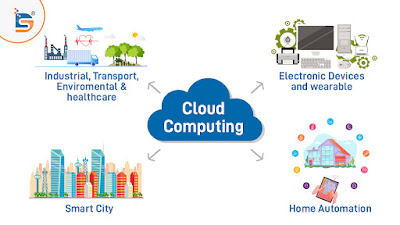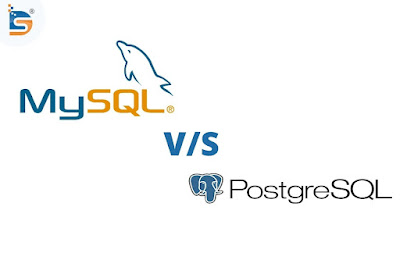Integration of IoT with Cloud Computing
The Internet of Things is a new technology that is growing rapidly in the field of telecommunications. More specifically, IoT is related to wireless telecommunications. Hence, integration of IoT with cloud computing services is taking place. IoT is a big thing of tech innovation for the 21st century. The number of IoT devices that are active is expected to grow to 83 Billion by 2024.
The global Internet of Things market is expected to reach $1854.76 Billion by 2028, up from $308.97 Billion in 2020 exhibiting a CAGR of 25.4% during the forecast period, it’s clear that more and more companies are jumping on this new era.
IoT connects consumers and businesses with their lives and simplifies their relationships with technology – and it’s starting to catch on. Cloud computing is a public and unsecured platform, which makes it exposed to various malicious activities from both outsides and within the cloud platform.
Comprehensive Solution of privacy is critical to ensure the successful integration between cloud computing and IoT-based applications. The Internet of Things with the cloud, which means that the web of sensor-enabled objects depends on the strength of certain cloud computing strategies in order to flourish.
This helps to make IoT a central cornerstone to the growth of cloud infrastructure adoption, and vice versa. To take advantage of the new applications that will be created and delivered via the cloud platforms in the coming years, companies first need to employ a cloud strategy that will allow them to support IoT development.
One of the most valuable solutions to address the privacy issues in cloud-integrated IoT applications is a cryptographic approach. Two main categories of this approach, which are traditional cryptography and homomorphic-based cryptography.
Traditional cryptography offers a convenient solution for ensuring the privacy of outsourced IoT data in the cloud. Homomorphic-based cryptography, which has the ability to perform computations on encrypted data overcomes traditional cryptography limitations and is the superior approach.
The IoT and Cloud Computing, often being branded together when discussing technical services and working together to provide better IoT service. There are crucial differences between them, making each of them an effective technical solution separately and together.
Cloud Computing in IoT works as part of a collaboration and is used to store IoT data. Cloud is a centralized server containing computer resources that can be accessed whenever required.
Cloud Computing is an easy method for the large data packages generated by the IoT through the Internet. IoT and Cloud Computing allow systems to be automated in a cost-effective way that supports real-time control and data monitoring.
There are millions of developers and companies working on the applications of the IoT and Cloud Computing. Internet of Things has disrupted various domains, including supply chain, education, architecture, agriculture, etc. From easing the lifestyle of humans to providing security checks, sitting on new faults, automatic data transfer, robotics automation, IoT has done it all.
Conclusion
The integration of IoT and Cloud Computing has expanded numerous possibilities and has opened doors for domains that work for the security of IoT Cloud integration and the large amount of data to handle. In the coming years, with more IoT Cloud providers coming up.




Comments
Post a Comment